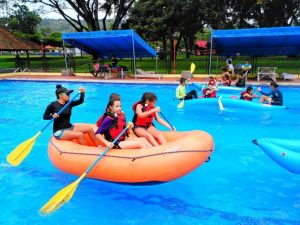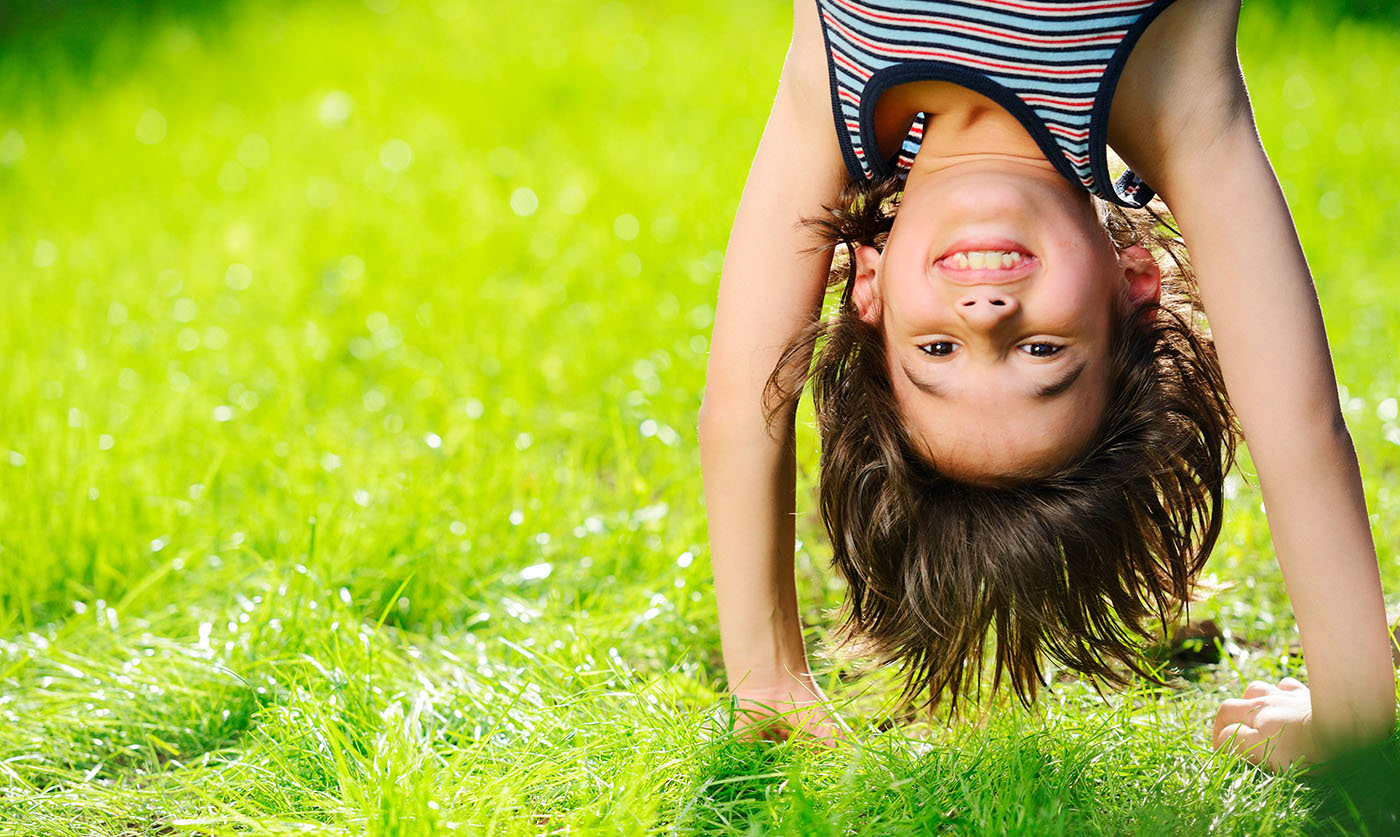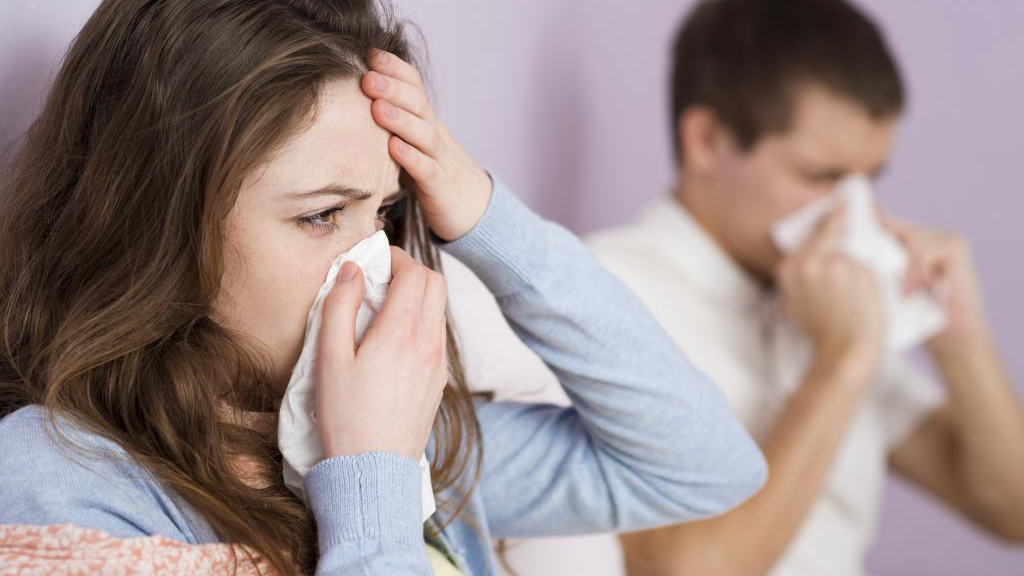It is important that both from their family and school environment, as well as from society in general and television, sports models, etc., sports are encouraged among children. Here are some steps that can help you achieve it:
- You have to contribute so that the practice of physical activity is part of your interest.
- They should help them find a sport that they enjoy and enjoy.
- You have to show interest in what you do, for example attending the games, or commenting with them, etc.
- Reducing the time of sedentary activities such as television, videogames.
- The child must be educated in an active lifestyle, practicing physical activity, even with them, as often as possible. As you grow up encouraging him not to leave. All this together with a good diet, will promote a healthy life.
- Share experiences with the family.
- Have the help of a person who is excited to do it.
- Feel that it is a personal choice and not something that has been imposed on you.
- Feel fit and competent.
- Play with your peers.
- Experience new movements.
The child should begin to perform physical exercise according to the development of their motor skills such as flexibility, coordination, strength and muscular endurance and cardiorespiratory endurance, seen above.
The human body has been designed to move, so it requires regular exercise. This means that leading an active life is very healthy, producing numerous benefits both physical and psychological. Something that, logically, also applies to children, who need sports not only to have fun, but also for a better physical and mental training.
Advantage:
- Increase self-esteem and decrease the tendency to develop dangerous behaviors.
- Reduces negative attitudes towards school and the abandonment of studies.
- Physical Education is an important subject that also serves as preparation for working life.
- Improves health, prevents injuries and damages derived from bad postures.
- Improves school performance.
- Provides experiences in structured activities, with clear objectives and results.
- Helps to develop abstract thinking through notions such as speed, distance, depth, strength, impulse force, fair play.
- It promotes the capacity for concentration and the participative attitude.
 Apart from practicing individual or collective sports there are other types of routine activities that can favor the training and physical preparation of the youngest ones. They are the following:
Apart from practicing individual or collective sports there are other types of routine activities that can favor the training and physical preparation of the youngest ones. They are the following:
- Through daily tasks
- Walk and walk.
- Up and down stairs.
- Traveling by bicycle, roller blades or skateboard.
- Help with domestic tasks.
- Through directed physical activities
- School physical education.
- Practice of games and sports.
- Development of physical qualities.
- Physical condition.
- Body expression.
- Activities in the nature.
- Physical activities conducted in free time
- Go to dance class, gymnastics, swimming.
- Train in a sports team.
- Through spontaneous physical activities
- Childish games.
- Street and playground games.
- Dances and dances.
Games and sports and recreational activities:
- Playing soccer on the street.
- Play beach volleyball.
- Swim in the sea or in the pool.
- Go hiking with the bicycle.
- Hiking.
Live a healthy life with Pharmamedic.






